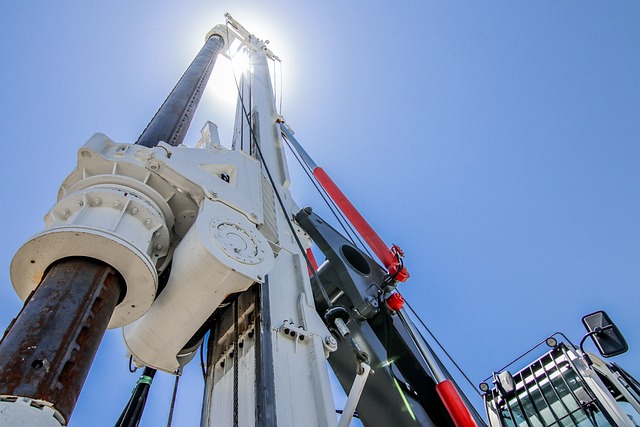As energy demands continue to rise globally, 2024 is seeing substantial growth in the directional drilling services market. Directional drilling, a technique that allows wells to be drilled at multiple angles and reach oil and gas reserves that are otherwise difficult to access, is increasingly essential. This method, known for maximizing extraction efficiency and minimizing environmental impact, is thriving due to technological advancements, increasing exploration activities, and the expanding need for unconventional energy sources.
Key Growth Drivers
The push for energy security is a significant driver for the directional drilling market in 2024. Countries worldwide, particularly in regions such as North America, Asia-Pacific, and the Middle East, are prioritizing self-sufficiency in oil and gas production. Directional drilling allows energy producers to access complex geological reserves, often hidden beneath challenging terrains, using fewer resources and reducing the footprint. This efficiency is crucial for countries aiming to maintain production while meeting environmental standards and reducing operational costs.
In North America, shale gas remains a major focus, and directional drilling—particularly horizontal drilling—continues to unlock significant shale reserves. This growth is supported by substantial investments from both public and private sectors, which recognize the importance of secure, domestic energy sources. Meanwhile, other countries rich in unconventional resources, such as Russia and Argentina, are following suit, enhancing global demand for skilled directional drilling services.
Technological Innovations Accelerating Growth
Directional drilling in 2024 is increasingly driven by cutting-edge technologies that boost productivity and accuracy. Measurement-While-Drilling (MWD) and Logging-While-Drilling (LWD) technologies are now standard, giving drill operators the real-time data needed to navigate complex formations with high precision. These tools minimize downtime, improve well accuracy, and optimize resource extraction, further accelerating market growth.
Automation and artificial intelligence (AI) are emerging as transformative forces. AI-powered predictive analytics help operators forecast equipment performance, optimize drilling paths, and prevent costly interruptions. The ability to collect and analyze massive amounts of real-time data allows companies to make smarter, faster decisions, reducing drilling time and costs. This combination of AI and automation is creating a competitive advantage for companies embracing these tools, leading to a boost in industry growth.
Future Growth Opportunities
The directional drilling services market in 2024 is expanding beyond traditional oil and gas production. With discoveries of new reserves in previously unexplored regions, countries in Africa and Latin America are adopting directional drilling for sustainable energy extraction. By reducing surface disruption, this technique aligns well with environmental regulations and makes new drilling projects feasible in sensitive areas.
Additionally, as the energy transition progresses, directional drilling can play a role in geothermal energy exploration, helping to make this renewable energy source more accessible. The adaptability of directional drilling for geothermal wells is prompting interest from companies looking to diversify energy portfolios in a more sustainable way.
For More Info: – https://www.gmiresearch.com/report/directional-drilling-services-market-analysis-industry-research/
Conclusion
The growth of directional drilling services in 2024 reflects an industry adapting to both global demand and the need for more sustainable extraction methods. Innovations in technology, combined with a heightened focus on energy security and efficiency, are fueling market expansion. As companies continue to prioritize precision and minimize environmental impact, directional drilling services are set to remain essential in meeting the world’s energy needs efficiently and responsibly. This trend positions the industry well for future growth and adaptation in a changing energy landscape.
